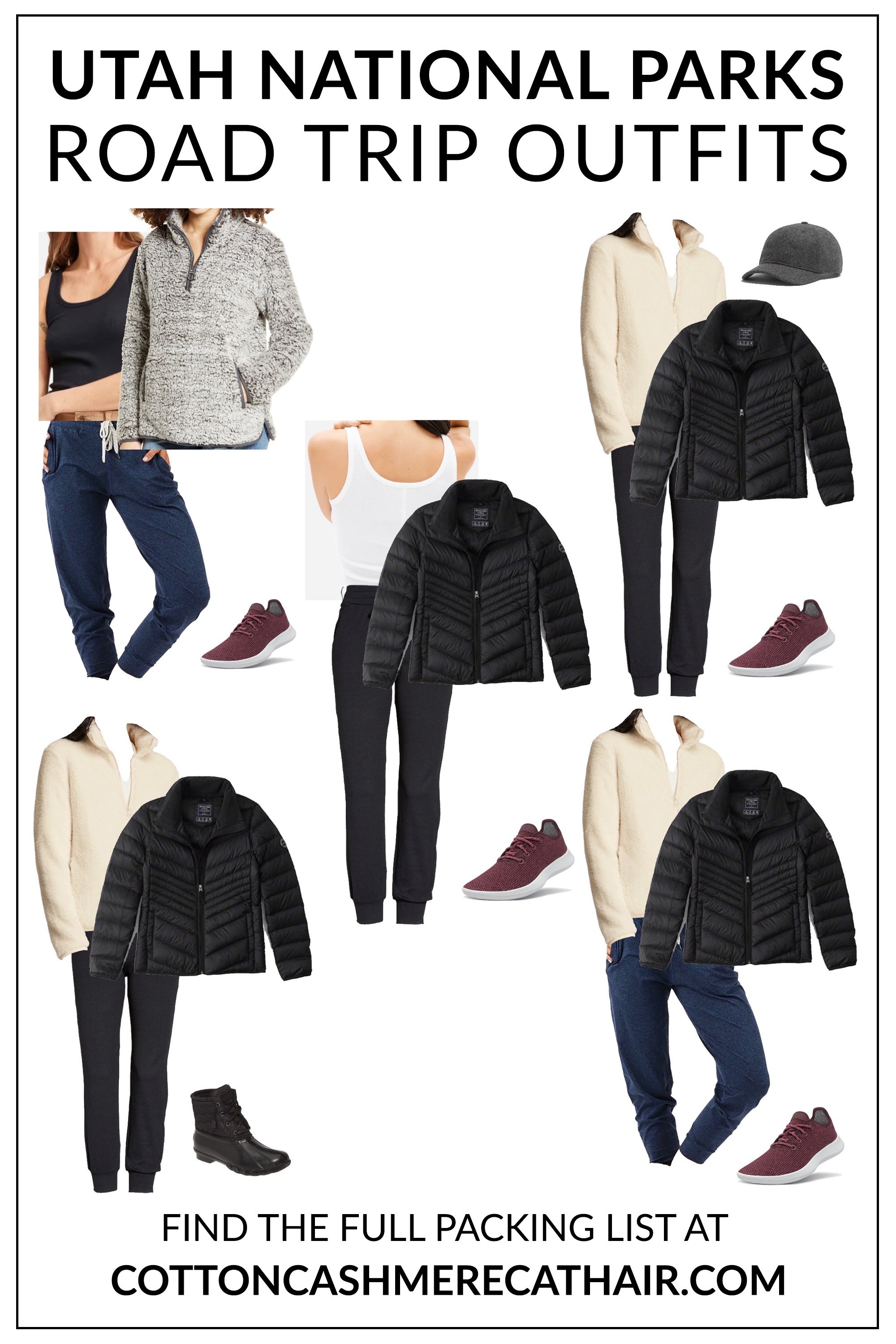Utah National Parks Packing List
As of March, I’ve officially been to all of the Mighty 5 Utah national parks! After living in Utah for five years while I was in grad school, I finally made it to my last three Utah parks years after moving back to Boise—funny how that works. The state of Utah has some of the most diverse and beautiful terrain in the entire country. You have the beautiful Wasatch Mountains in northern Utah that tower over the cities that line the Wasatch Front (including Salt Lake City and Provo) and red rocks in interesting formations as far as the eye can see in southern Utah.
Like many of the U.S. national parks, the national parks in Utah are expansive and full of natural landscapes to explore. They are among the best national parks to visit in spring. When it comes to packing to visit one or more of these parks, it is imperative that you pack the right clothing and gear so that you can make the most of your time and enjoy these parks to the fullest!
Below, you’ll find my full packing list for our most recent late winter/early spring road trip to Capitol Reef National Park, Bryce Canyon National Park, and Zion National Park. This list can also apply to Canyonlands and/or Arches National Park; the last time I visited those parks was during spring 2021 on our southwest national parks road trip—and it felt more like summer there! Use this list when planning and preparing for your next trip to Utah’s incredible national parks!
READ NEXT: Southern Utah and Eastern Nevada National Parks Road Trip Itinerary
Utah National Parks Packing List
When it comes time to pack for road trips, especially long road trips involving lots of outdoor activities, I start watching the weather forecast about a week out. Weather forecasts are not super reliable past about five days (my partner and I are meteorologists and can vouch for this), but I still like to look so I can get an idea of what might happen.
Sometimes temperatures and precipitation can vary wildly from place to place, especially in the spring! We experienced 50s in Capitol Reef and Zion and 30s and a cold drizzle in Bryce Canyon (Bryce Canyon is at a higher elevation than the other two parks, so this was not totally unexpected considering we visited in March). When we visited Arches and Canyonlands two springs ago, we had temperatures in the 80s and 90s; it felt way more like summer than spring.
This most recent trip, I packed all of my clothes, shoes, etc. in TWO carry-on sized roller bags, and I also brought along my Dagne Dover Landon carryall bag. I recently purchased a Quince carry-on hard shell suitcase, and it came in handy for all of the different coats and shoes I wore. I also pack heavier for road trips than I do for flights (I’m on team #CarryOnOnly as much as possible). Korri had his own roller bag and a backpack, and we also had a cooler and a number of paper bags filled with food, picnic necessities, and whatever else we needed.
What To Pack For Utah National Parks
Lots of layers
Depending on the time of year, you’ll want to pack a variety of layers. For late winter/early spring trips to national parks that experience a winter, make sure you have long pants (double up if necessary) and multiple top layers (a tank top, long-sleeved top, fleece, and coat if it’s really cold). I found that I had overdressed for Bryce Canyon even though it was in the 30s/40s and drizzling; I probably didn’t need the long-sleeved top because the fleece and coat I wore were plenty warm. Remember that if you’re planning to hike, you’ll be moving most of the time and therefore might not need to wear as many layers as you think.
Even if you’re planning a Utah national parks road trip in the summer months, I highly recommend some sort of lightweight, breathable layer to act as sun protection. It’s also nice to have an extra layer when the sun goes down at night. The temperature drops quickly in the high desert when it gets dark! I like having a couple of lightweight layers, such as a sweatshirt and a cardigan.
Proper hiking shoes
I feel like this goes without saying, but I watched someone start a hike in Capitol Reef wearing flip-flops, sooo… whatever you do, please wear proper footwear when visiting national parks! That means at LEAST closed-toe shoes. All of the national parks in Utah are dusty, sandy, and/or rocky—and you definitely don’t want to risk rock falling onto your bare feet in the middle of nowhere. Ouch! I highly recommend proper hiking sneakers or boots. Those have extra protection at the toes and better grip than regular sneakers. Hiking boots provide additional ankle stability. I love my old Merrell hiking sneakers, and before our trip, I purchased a pair of Columbia hiking boots that ended up requiring no break-in time. I wore them to hike Bryce Canyon and had no issues whatsoever! I love ‘em! (I sized up a half size.)
Traction devices for snow/ice
If you are planning on a winter or early spring visit to the national parks, bring traction devices with you so you’re able to hike on snow and ice! I was so happy to have purchased these traction devices for Korri and me (I took size small and he took size large; I purchased a size up for both of us so they could fit over our hiking boots, which are thicker than regular sneakers). They definitely came in handy at Bryce Canyon, which was still mostly covered in snow when we were there! Many parts of the trails were muddy, and on rocky areas we tried to walk delicately so as to not wear down the studs, but on snow they did their job.
Sun protection
Sun protection is a must at any time of year! Bring hats, especially one with a wide brim, and be sure to always apply sunscreen and reapply sunscreen as needed. Supergoop is one of my favorite brands. I mentioned above to bring a lightweight layer to act as sun protection on warmer days; look for layers that have UV protection built into them. I have a cardigan from Uniqlo with that feature! Also: DO NOT forget chapstick with SPF. Your lips need SPF too, and you definitely don’t want to burn those or else eating turns into an activity that isn’t much fun.
Snacks and water bottles or other hydration system
Of course, for any road trip, snacks and water are necessities! I packed a small backpack for hiking and brought a few snacks (trail mix, granola bars, licorice) along with bottled water. You definitely want to stay hydrated while you’re hiking, even if it’s not super hot out. Drink up! Another option is to purchase a Camelbak backpack (or one like it) that includes a water pouch with a tube that you can drink out of as you walk. (I had one but the end touched too many gross public bathroom floors when I studied abroad in Italy many years ago, so it’s gone now and I haven’t replaced it, ha.)
Change of clothes for after hiking
Most of the time, I feel the need to freshen up after a day of hiking, and I imagine you might feel the same way. I like to bring a variety of other comfy clothes to change into after hiking, whether we’re lounging in the hotel room or going out to eat! Definitely don’t forget to pack some non-hiking clothes (or just plan to save these clothes for a hike at the end of the trip). I also like to swap shoes to give my feet a break, and if it’s warm enough to wear sandals, even better! Be sure to pack your comfiest/most supportive footwear; you’ll be on your feet a lot.
Packing List For Utah National Parks
These are all of the clothes, shoes, and accessories I packed for our Utah national parks road trip in mid-March (not all of them are pictured in the image below):
Two tank tops
Two Heattech tank tops (from Uniqlo)
One long-sleeved tee
One long-sleeved Heattech tee
One sweatshirt
Three fleece jackets/pullovers
Two pairs of joggers
Two pairs of leggings
8-10 pairs of merino wool socks in varying thicknesses
Two pairs of sneakers
One pair of rain boots
One pair of hiking sneakers
One pair of hiking boots
One insulated rain jacket
One packable puffer coat
One heavy-duty puffer coat
Two baseball caps
Two beanies
One small backpack
One fanny pack
Undergarments (undies, regular bras, and sports bras)
Shop My Utah National Parks Packing List
Below is a list of more things to bring on a long road trip! My best tip, if you’re traveling with a cooler and don’t plan on camping, is to stay in a hotel with a fridge (preferably a full-size fridge if you can swing it). Be sure to empty the cooler contents in the fridge and re-freeze the freezer packs (we have a few of these YETI reusable freezer packs—they’re amazing). Mini fridges can be hit-or-miss; sometimes they have a good freezer section, sometimes they don’t.
Hard-sided cooler (for sandwich meat, cheese, condiments, drinks, leftovers)
Snacks and other non-perishable food in a cooler bag
Extra water bottles/other drinks (Gatorade, etc.)
A separate bag with compostable paper plates, compostable silverware, napkins, etc.
“Medical” bag with bug spray and/or wipes, sunscreen, medicine, bandaids, antibiotic cream, etc. (*do NOT forget chapstick with SPF!)
A roll of paper towels in case of spills
Maps—especially for areas with poor cell coverage
Magazines/books/deck of cards (if you won’t have internet to keep you occupied)
Music! I always have CDs and my iPod.
Car phone charger
Sunglasses
Snow brush/ice scraper (if snow/ice is in the forecast—we were glad to have these in Bryce Canyon)
Extra blanket (kept in my emergency bag)
Extra plastic bags (use one for car trash)
The fun things we brought:
Camera + all necessary camera gear (extra lenses, charger, extra batteries, tripod, etc.)
Drone (*note that drones can’t be flown in national parks)
National parks annual pass (spend $80 and you can visit any national park for a full year!)
National park passport book
Binoculars (especially if you like to look for wildlife)




